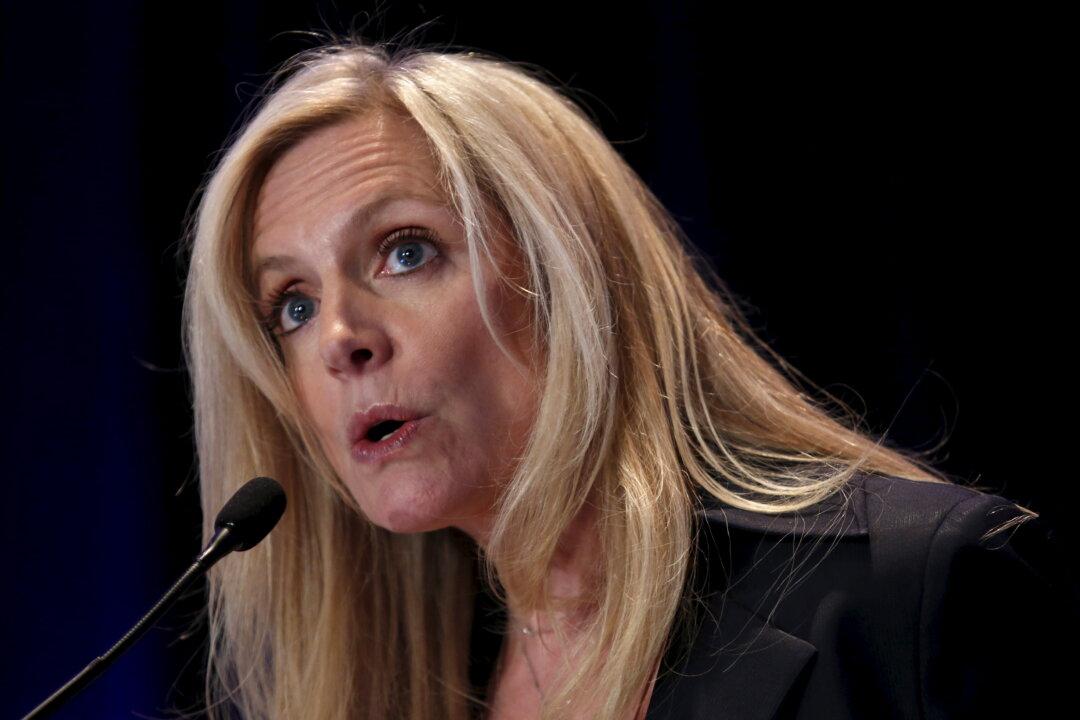Federal Reserve Gov. Lael Brainard said Tuesday that three interest rate cuts so far this year have put monetary policy in the right place until further notice, adding that America’s central bank should consider adjusting some of its monetary policy tools to cope with persistently low inflation.
“It will take time” for the full effects of the Fed’s rate cuts to move through the economy, Brainard said in a speech at the New York Association for Business Economics. “I will be watching the data carefully for signs of a material change to the outlook that could prompt me to reassess the appropriate path of policy.”




